People living with blindness and vision impairment are often poorer and less likely to engage in paid work.
It is estimated that poor vision costs the global economy $168 billion in lost productivity every year.
Vision has a significant impact on the health and wellbeing of people across the spectrum of life.
Vision impacts many key SDGs as shown in the following graphic:
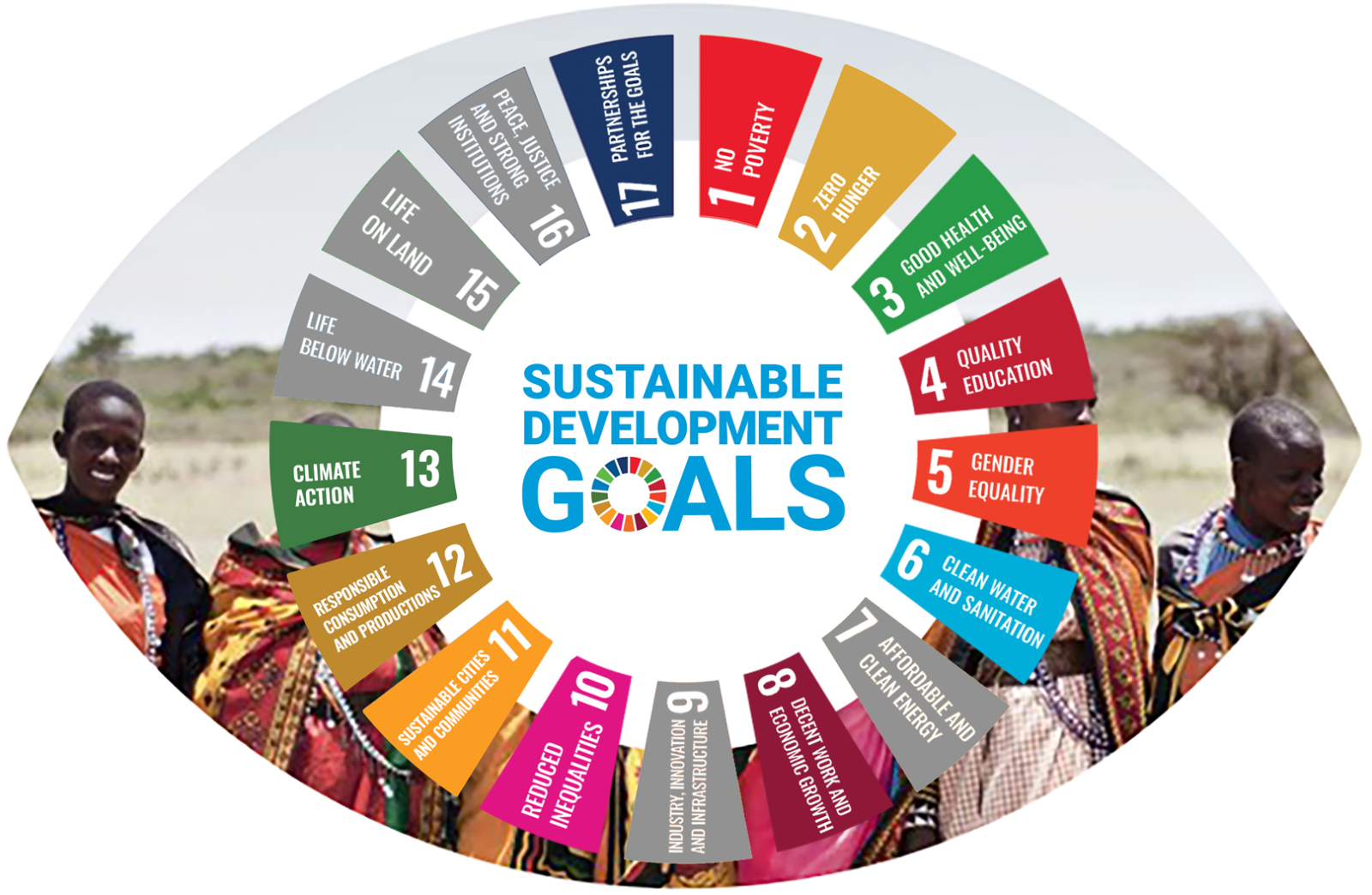
Vision enables children to gain an education, working age adults to get and keep a job, and older people to remain connected to the economic and social fabric of their communities.
The United Nations Sustainable Development Goals (SDGs) are a universal call to action to build a healthier world for the entire population and the environment by 2030. The 17 SDGs are integrated which mean they recognize that action in one area will affect outcomes in others.
Through the World Report on Vision, the WHO recognises the important contribution of vision to the SDGs, highlighting the close links between eye health and virtually every major issue in development.
Select the following bars to learn more about how vision impacts each SDG.
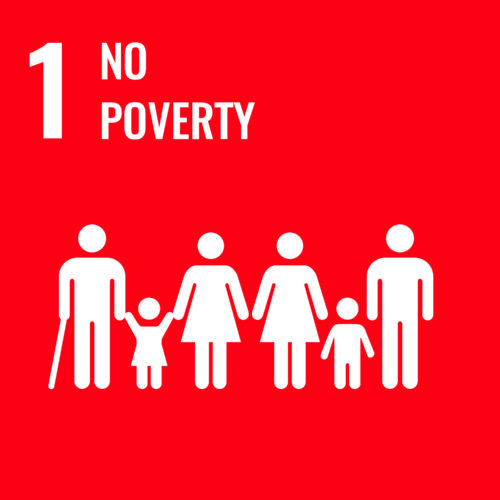
People living with blindness and vision impairment are often poorer and less likely to engage in paid work.
It is estimated that poor vision costs the global economy $168 billion in lost productivity every year.
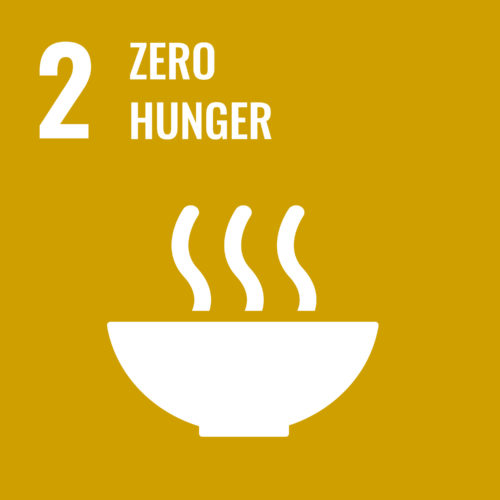
Eye care can increase household income and reduce hunger: 46% of households moved up an income bracket following cataract surgery.
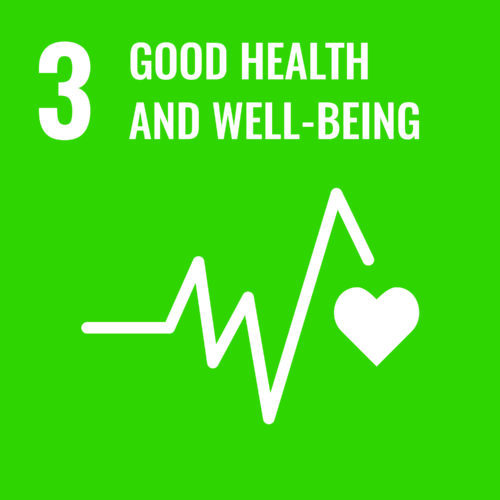
Universal health coverage cannot be universal if it excludes eye health.
Poor vision has a significant impact on wellbeing and mental health; there are links to a higher level of depression, anxiety, loss of independence and the ability to care for oneself. It also results in a higher risk of falls and fractures for older persons.
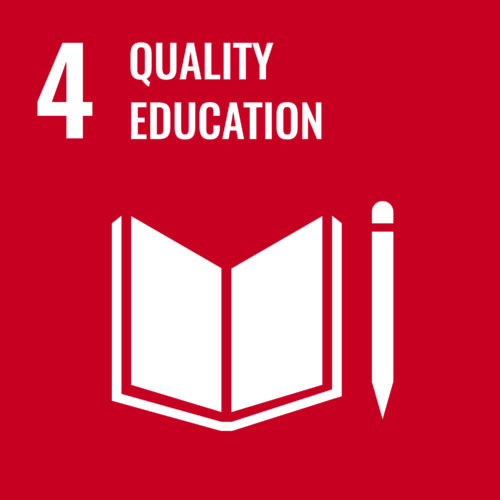
Good vision enables children to reach their full potential across their lives.
Studies show that school-age children with vision impairment often experience lower levels of educational achievement.
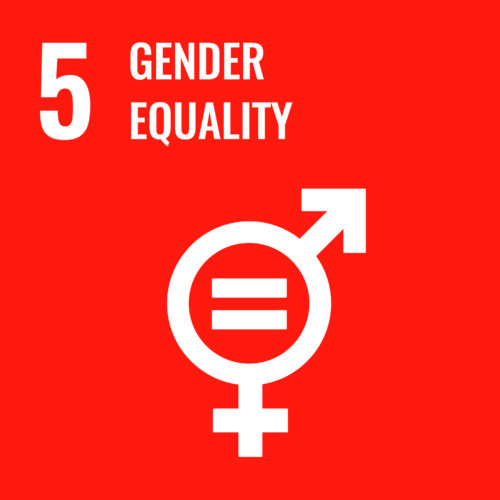
As shown in the Vision Atlas, women and girls are more likely to develop vision impairment and also less likely to get treatment.
Most significantly, up to four out of five of them don’t need to be blind, as their most common eye conditions, cataract and refractive error, can be easily prevented or treated.
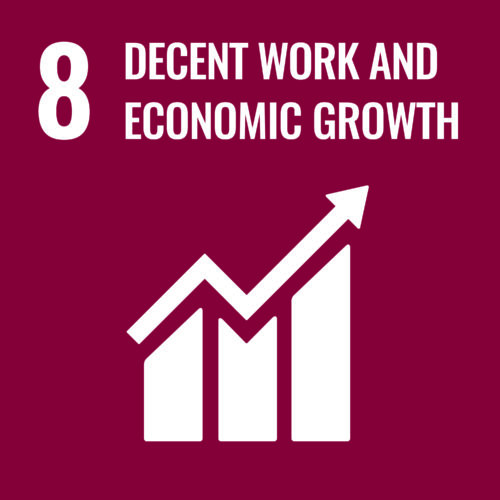
Adults with vision impairment often have lower rates of workforce participation and productivity.
Improving vision is a proven way to stimulate growth and development.
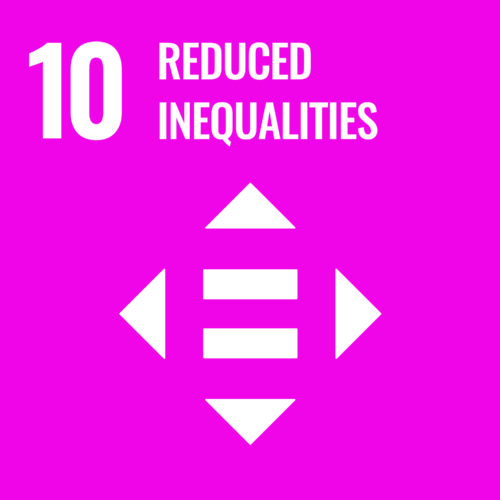
The majority who suffer from untreated poor vision are from the rural, developing world. Improved eye health in these areas would help to rebalance this inequity.
Sustainable cities and communities – unoperated cataract can increase the chance of a motor vehicle accident by 2.5 times.
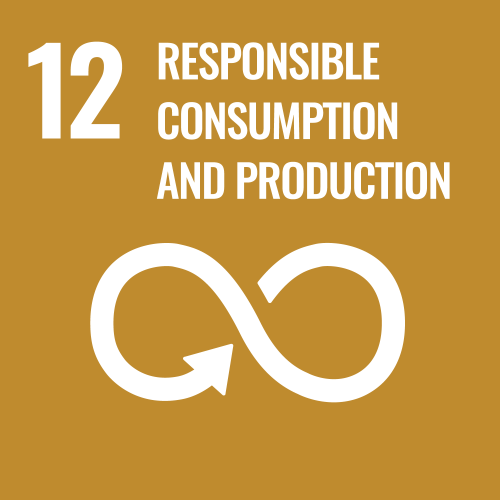
Healthcare is responsible for 4.4% of global emissions, unsustainable procurement, and poor waste management.
Insufficient climate strategies result in healthcare acquired infections and substantial impacts on society and the environment.
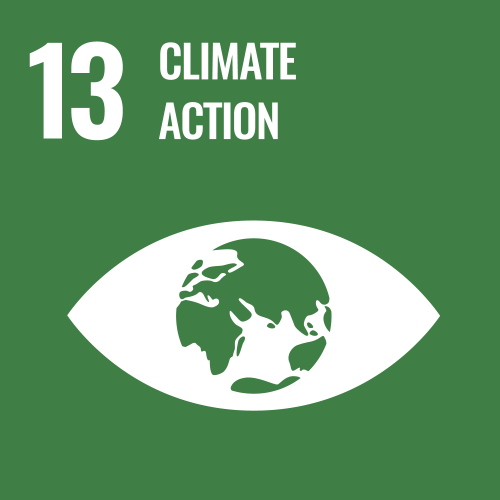
Human and planetary health are closely intertwined with global warming leading to in an increase in eye diseases and injuries.
Climate events will threaten vulnerable communities by disrupting eye health service delivery and affecting critical supplies.
Vision for everyone cannot be achieved without partnership.
Graphic credit: Operation Eyesight